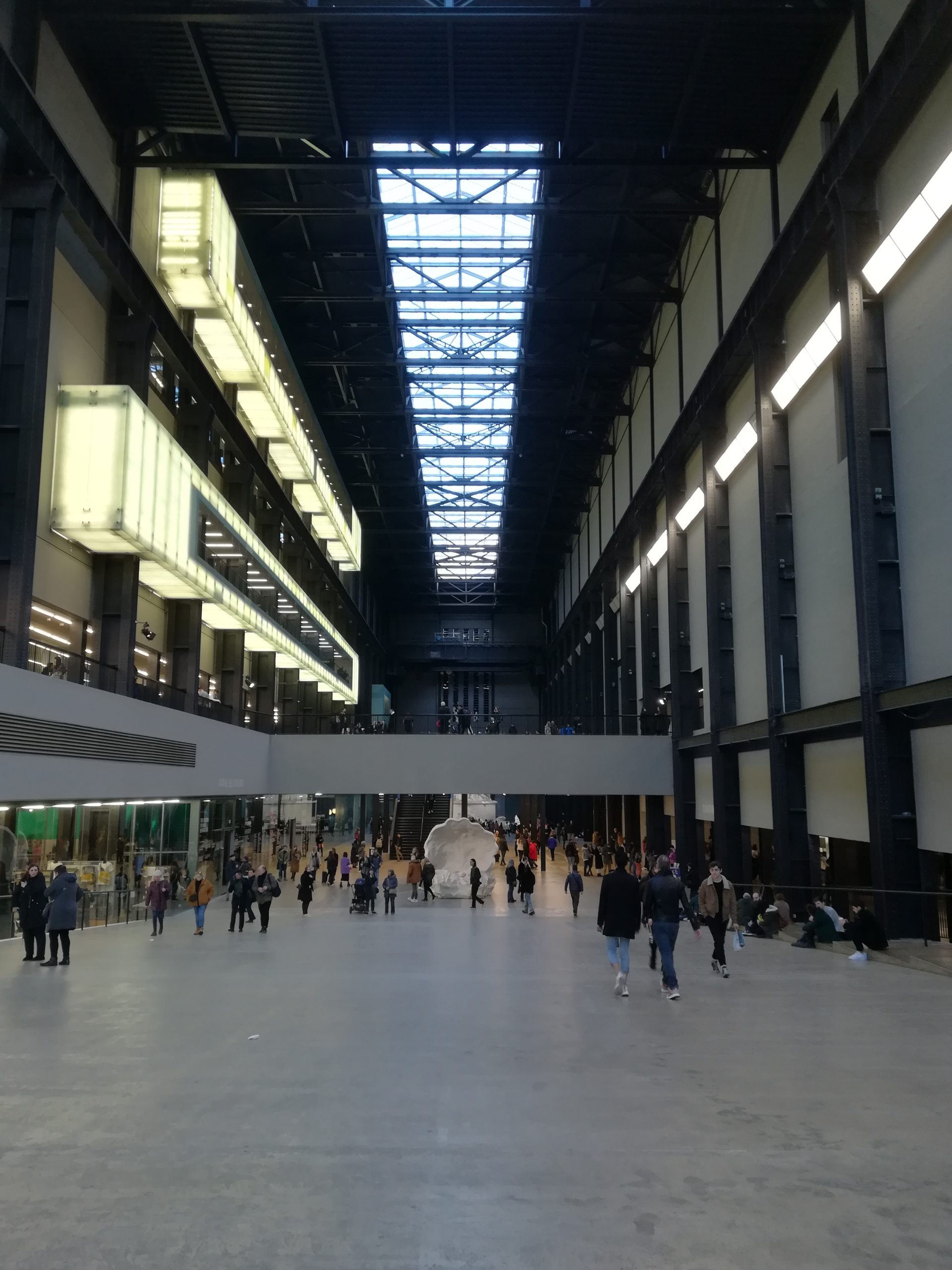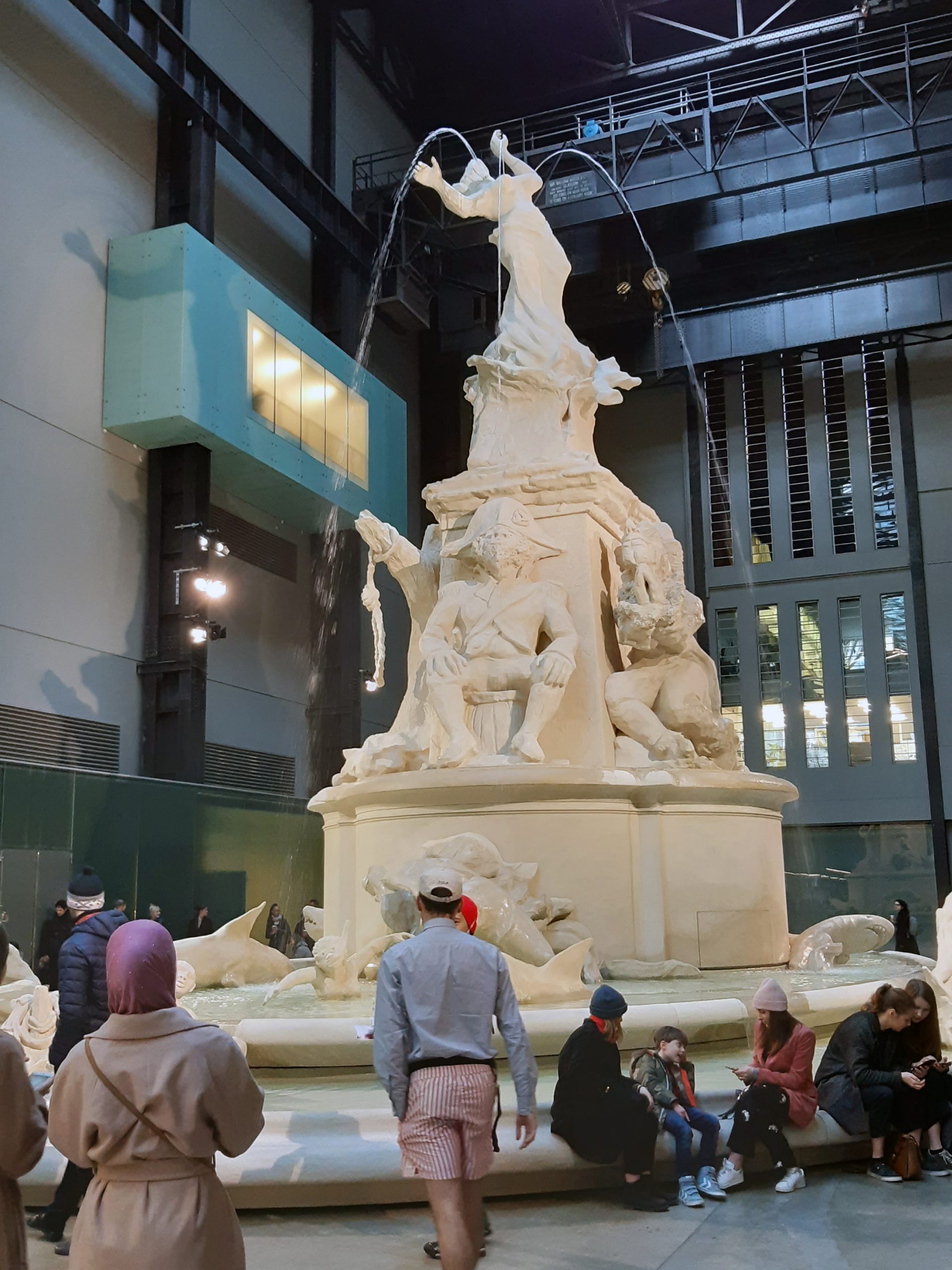ita | eng
National Gallery, V&A Museums, British Museum: are you planning a weekend in London and you still haven’t decided on what to see? Since most of the permanent collections are free of charge – and there are many, varying in kind – you’ll have a tough time deciding. So, let’s get to the point, dear artlovers, if you’re passionate about modern and contemporary art you definitely can’t miss a visit to Tate Modern, which is located just twenty minutes on foot from the London Eye.
Tate Modern, which opened its doors in 2000, is situated inside the old Bankside Power Station, reconverted by Sir Giles Gilbert Scott. It is currently one of the most visited tourist attraction in the U.K.; as stated on the official website of the museum, there have been approximately 40 million visitors in the past twenty years.
If you happen to be in Bankside be sure to keep the whole day free, so you visit all the collections in the Tate Modern. The museum takes up four of the ten floors, the exhibits have a thematic route, not a chronological one. Start at the Turbine Hall right at the entrance.

Turbine Hall, Tate Modern 2020
Turbine Hall is the agorà of the museum, it’s where you can rest and chat; it’s where everything intersects. This room, 35 metres high and 152 metres long, will host (till 5 April 2020) an exhibit on water: the main attraction but also a connection between the many stories which inhabit this enormous art installation. Kara Walker, the artist commissioned by Hyundai for the project, has called it Fons Americanus: it’s a 13 metre long fountain made with recycled or reusable material where visitors can rest and admire the sculptures.
Fons Americanus is not a manifesto, nor a celebration of the British Empire. The artist – famous for her work on gender, violence, abuse, and race discrimination – with this monumental installation in which reality and fantasy meet, wants to explore the stories of Africa, America, and Europe. Water is the key element, as through it we can recall numerous events: from the slave trade to the destinies and tragedies of the peoples inhabiting the three continents.

Kara Walker, Fons Americanus
Once inside the museum you can get a map and discover all the rooms in an orderly fashion, or get lost and abandon yourself to chance, going from room to room admiring what each has to offer. That’s exactly what we did: we got lost in the sculptures, the paintings, the photography, the live artists, and much more, even discovering the temporary exhibitions.
Until 15 March 2020, you can visit the retrospective dedicated to Dora Maar, french photographer and painter (of Croatian origin) famous for her complicated relationship with Picasso and her original surrealist shots. There are more than 200 works, between paintings and photographs, exhibited retracing her extraordinary career. An artist always inclined to experiment, lover of the uncommon and enterprising woman in step with her Parisian colleagues.
From 13 February till 11 May 2020 Tate Modern will also host an exhibit centred on the works of Steve McQueen: 14 works spanning from photography to film and sculptures. Included in the exhibit are his first film, Exodus1992/97, and his more recent End Credits 2012.
But let’s get back to Free Displays. There are 8 sections which you can visit free of charge, and which are centred on various themes: Start Display, Artist Rooms, Artist&Society, Performer and Participant, Media Networks, Materials and Objects, Living Cities, In the Studio. From colour to city, from artists in depths to feminism, taking into consideration all different medium types as wells as different techniques. All there is for you to do is to get lost in this mesmerising multiform universe of the Tate Modern. Here are some the of pieces we admired (and photographed) on our visit.
Find out more by visiting the Tate Modern‘s official website
Translated by Ludovica Sarti
Read other Curious Facts on ZìrArtmag










